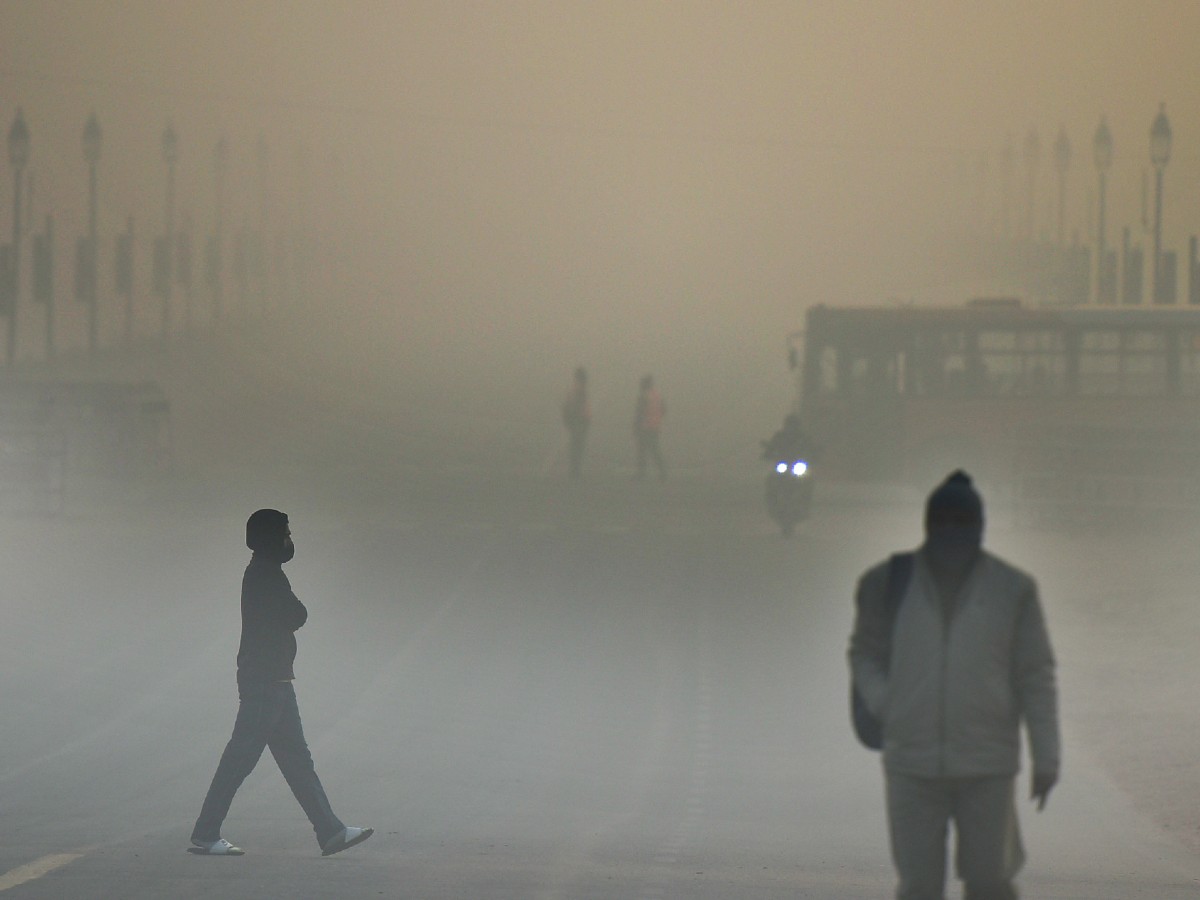
Cold wave conditions in isolated areas persist for two days.
A cold wave is imminent in Delhi and the National Capital Region from January 15 onwards as temperature is set to drop by four degrees. The visibility in the Capital will also decrease further.
The MeT office on Friday told Patriot that a cold wave will return to Delhi NCR between January 15 – 19 and residents should expect chilly weather with minimum temperature settling around 4 to 5 degrees.
“Severe cold weather will accompany dense fog and minimum sunshine. The minimum temperature will hover around 15 – 17 degrees,” the weather department said, ruling out a possibility of rains as of now.
Also read: Capital’s freezing point
Delhi saw a partly cloudy sky on Friday while the minimum temperature settled two degrees below normal at 9.8 degrees Celsius, according to the India Meteorological Department.
The maximum temperature is expected to settle at 20 degrees Celsius, the IMD said.
Even though a current western disturbance and consequent stronger surface winds have significantly improved fog conditions over Punjab, Haryana, Delhi, Rajasthan, and Western Uttar Pradesh, a dense to very dense fog cover continues over eastern Uttar Pradesh and Bihar.
According to the data from the Central Pollution Control Board (CPCB), the overall Air Quality Index (AQI) at 9 am stood at 373 (very poor).
An AQI between zero and 50 is considered good, 51 and 100 satisfactory, 101 and 200 moderate, 201 and 300 poor, 301 and 400 very poor, and 401 and 500 severe.
A cold wave is declared if the minimum temperature in the plains dips to four degrees Celsius, and also when the minimum temperature is 10 degrees Celsius or below and is 4.5 notches less than normal.
Moreover, a ‘severe’ cold wave is when the minimum temperature dips to two degrees Celsius or the departure from normal is more than 6.4 degrees Celsius.
The IMD defines a cold wave in two ways – qualitative and quantitative.
Qualitatively, cold wave is a condition of air temperature, which becomes fatal to human body when exposed. Quantitatively, it is defined based on the temperature thresholds over a region in terms of actual temperature of its departure from normal.
Cold wave/severe cold wave spells are of one-two days, but in some cases in the past, spells have lasted up to 10 days.
A cold wave can result from a lack of cloud cover. A decrease in cloud cover causes more heat to escape from the earth’s surface, resulting in a cooler surface and lower temperatures because clouds absorb infrared radiation from the planet.
Technically, it is a weather event involving a cooling of the air, or the invasion of very cold air over a large area. It is marked by a drop in average temperature well below the averages of a region, the weather office said.
Rival leagues trigger players’ suspensions and a legal battle in Indian golf, for now
Former Delhi CM Kejriwal criticises Centre, Delhi govt over worsening air pollution, alleges AQI manipulation
Delhi Police raids Nangloi unit producing fake engine oil, seizes over Rs 1 crore worth…
Mukesh Sharma reimagines digital components as living matter in his solo exhibition ‘Decoding Digital DNA’
Nine accused were arrested in coordinated raids as police uncovered organised networks supplying mule bank…
Nearly 1.57 lakh PUC challans issued in two months as Delhi steps up GRAP enforcement…